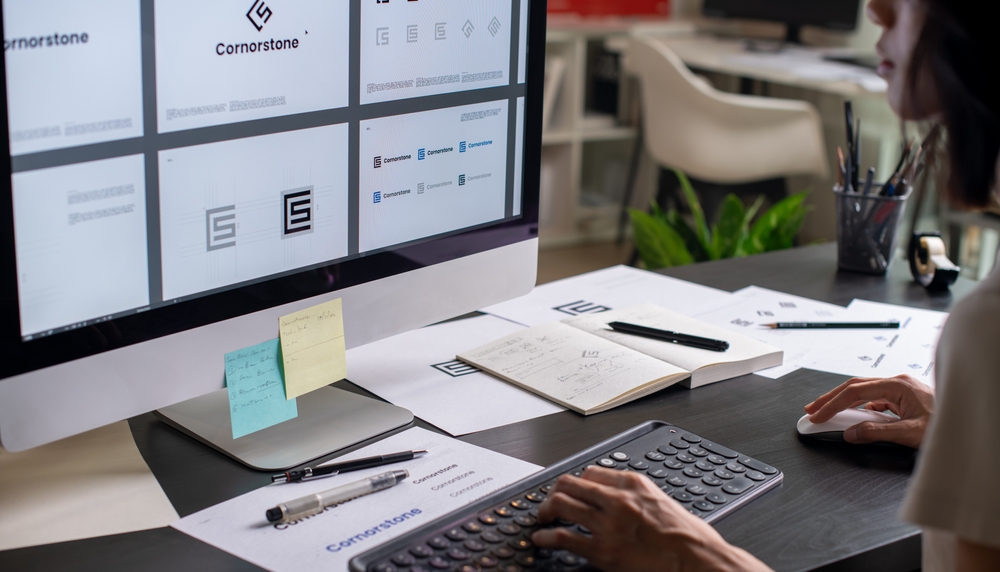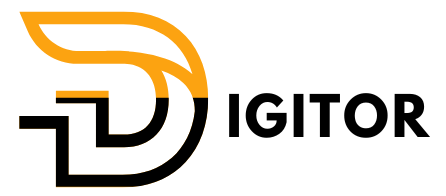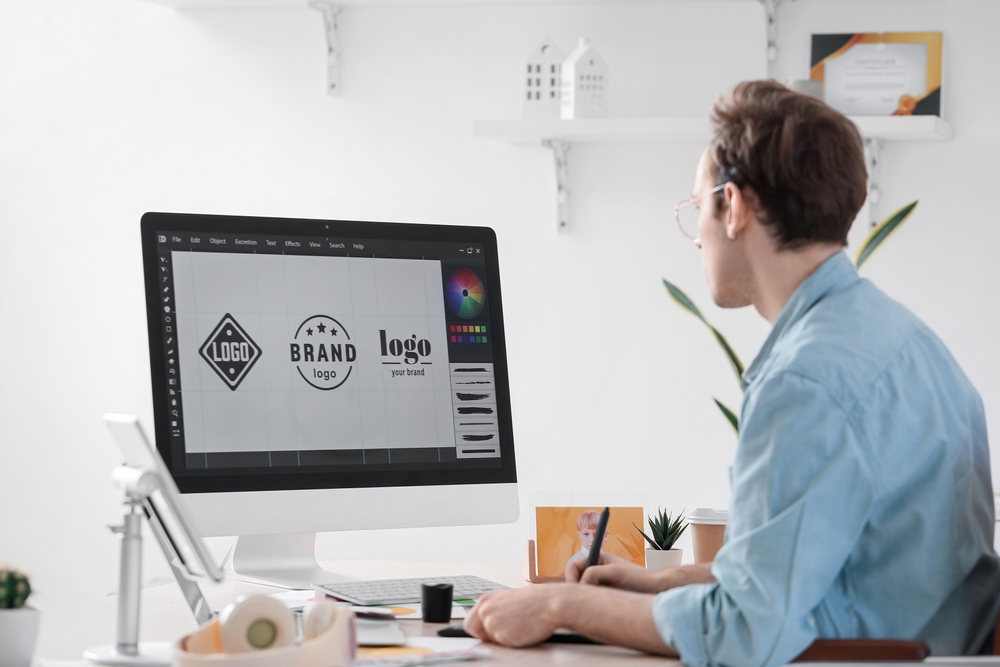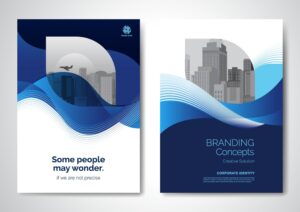Crafting the Perfect Logo Design: Tips and Strategies
Introduction
Your logo is the face of your brand. It’s often the first thing customers notice, and it plays a crucial role in how your business is perceived. A well-crafted logo can leave a lasting impression, convey your brand’s identity, and set you apart from the competition. But what goes into creating the perfect logo design? In this blog, we’ll explore essential tips and strategies for crafting a logo that truly represents your brand.
Understanding the Importance of a Logo
Why a Logo Matters
A logo is more than just a visual symbol; it’s the cornerstone of your brand’s identity. It embodies your business’s values, mission, and personality in a single image. A strong logo builds brand recognition, fosters customer loyalty, and communicates professionalism. It’s a key element in establishing your brand’s presence across all platforms, from your website to your marketing materials.
The Role of Simplicity and Versatility
When it comes to logo design, simplicity is key. A simple logo is easier to recognize, remember, and reproduce across various media. It should be versatile enough to work on everything from business cards to billboards without losing its impact. By focusing on simplicity and versatility, you can create a logo that stands the test of time and effectively represents your brand.
Tips for Crafting the Perfect Logo Design
1. Understand Your Brand
Before you start designing, it’s crucial to have a deep understanding of your brand. What are your core values? Who is your target audience? What message do you want to convey? The answers to these questions will guide your design process and help ensure that your logo aligns with your brand’s identity.
2. Keep It Simple
As mentioned earlier, simplicity is essential in logo design. Avoid clutter and overcomplication. Focus on creating a clean and straightforward design that clearly communicates your brand’s message. A simple logo is not only more memorable but also easier to reproduce across various formats, ensuring consistency in your branding efforts.

3. Choose the Right Colors
Color plays a significant role in logo design. Different colors evoke different emotions and associations, so it’s important to choose colors that reflect your brand’s personality and values. For example, blue often conveys trust and professionalism, while red can evoke excitement and energy. Consider the psychological impact of your color choices and how they align with your brand’s identity.
4. Select Appropriate Fonts
Typography is another crucial element of logo design. The font you choose should complement your logo’s design and reflect your brand’s personality. Whether you opt for a classic serif font or a modern sans-serif, make sure it’s legible and works well with the other elements of your logo. Consistency in typography helps reinforce your brand’s identity.
5. Aim for Versatility
Your logo should be versatile enough to work across various platforms and formats. It should look great in both color and black-and-white, and it should be scalable without losing clarity or impact. Test your logo in different sizes and on different backgrounds to ensure it’s adaptable and effective in any context.
6. Seek Feedback and Refine
Once you have a draft of your logo, seek feedback from others. This could be from colleagues, clients, or even a focus group. Fresh perspectives can help identify potential issues and areas for improvement. Based on the feedback, refine your design until it perfectly encapsulates your brand’s identity.
Common Logo Design Mistakes to Avoid
Overcomplicating the Design
One of the most common mistakes in logo design is trying to do too much. Overcomplicating your design with too many elements can make your logo confusing and difficult to reproduce. Remember, simplicity is key to creating a memorable and effective logo.
Following Trends Blindly
While it’s important to be aware of design trends, following them blindly can result in a logo that quickly becomes outdated. Focus on creating a timeless design that reflects your brand’s unique identity rather than chasing fleeting trends.
Ignoring Scalability
Your logo needs to work at all sizes, from a tiny icon on a mobile app to a large sign on a building. Ignoring scalability can lead to a logo that looks great in some contexts but falls apart in others. Always test your logo at different sizes to ensure it’s versatile and effective.
Conclusion
Crafting the perfect logo design requires a deep understanding of your brand, a focus on simplicity and versatility, and careful attention to color, typography, and scalability. By following these tips and strategies, you can create a logo that not only looks great but also effectively represents your brand’s identity. Ready to design a logo that will leave a lasting impression? Contact us today to get started.
For further insights on logo design, check out Logo Lounge for inspiration, or visit Creative Bloq for the latest design trends and tips.
Explore more related articles to deepen your understanding and make informed choices about graphic design techniques
Why Custom Website Development is Essential for Your Brand
How to Choose the Best Graphic Design Services for Your Business







